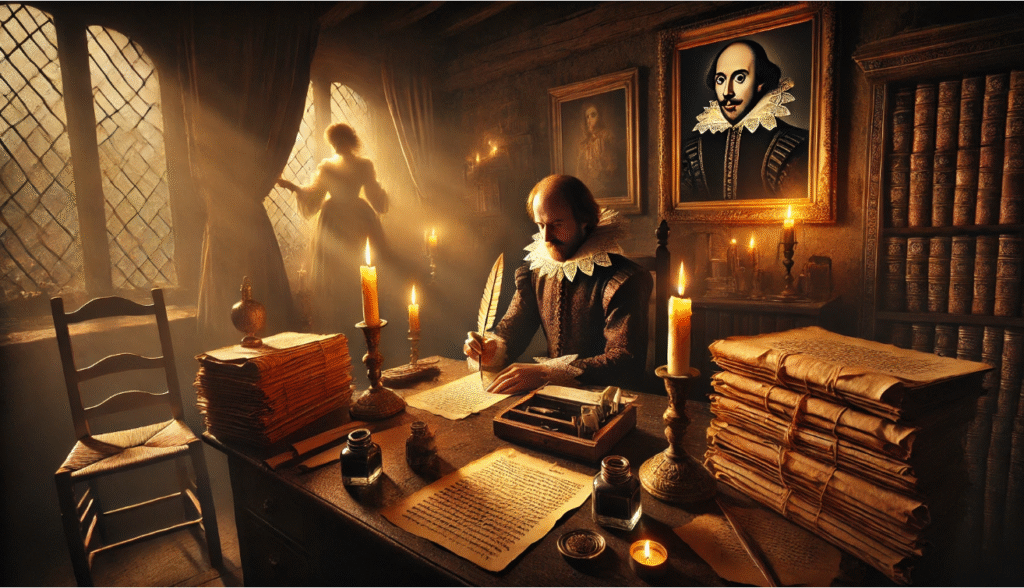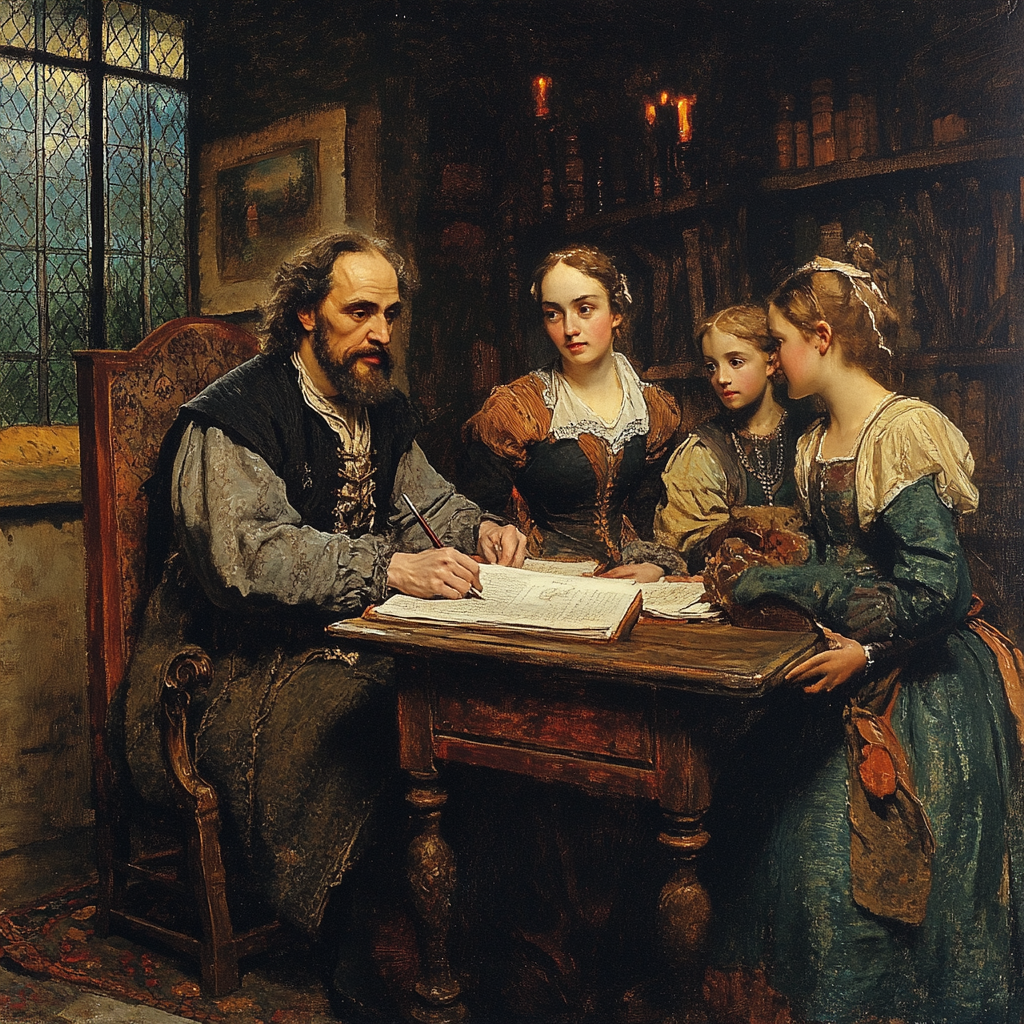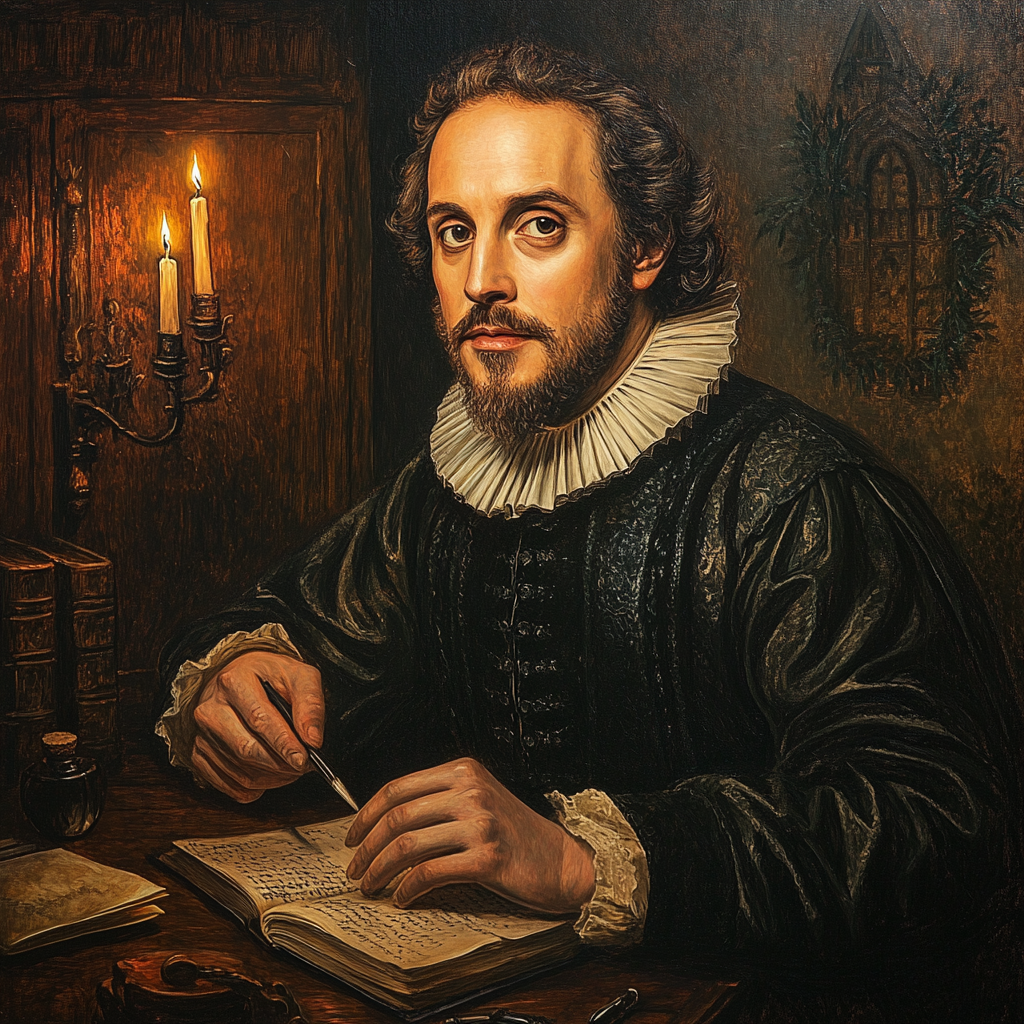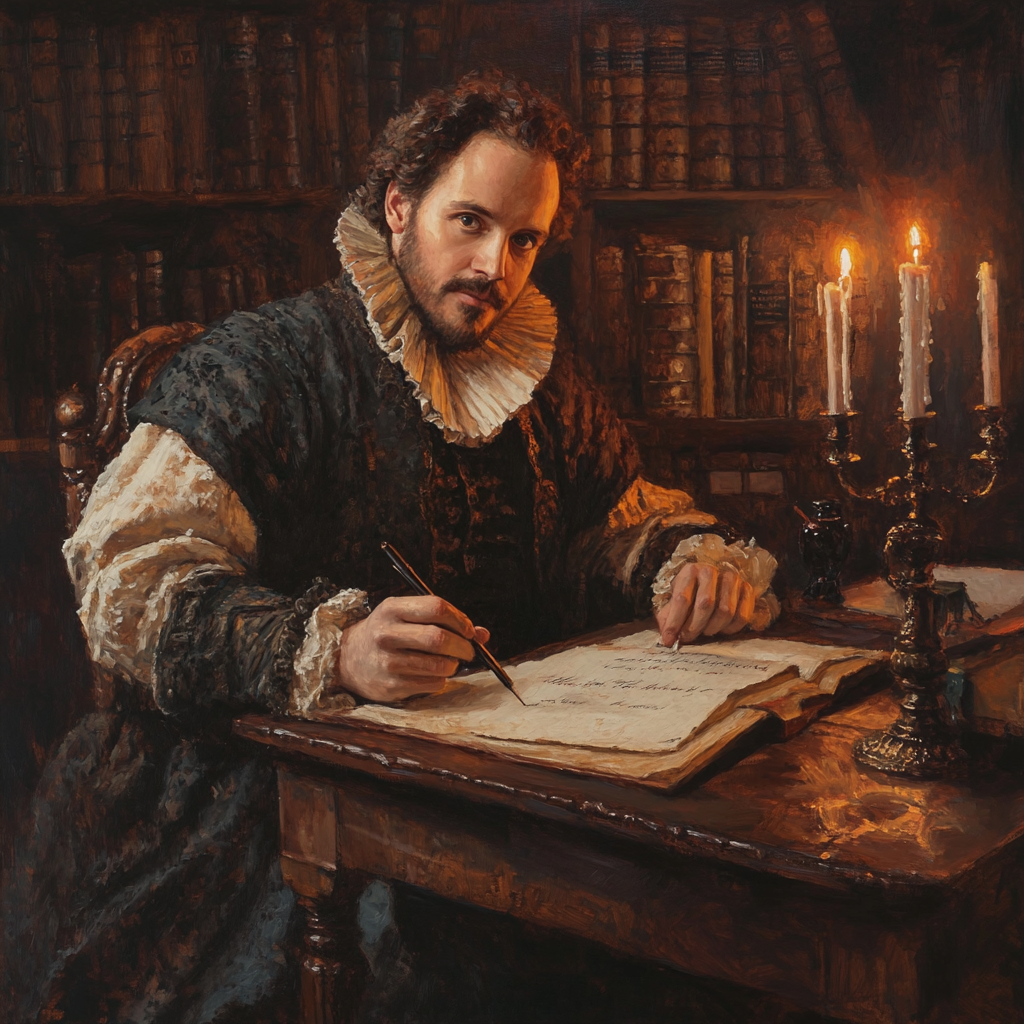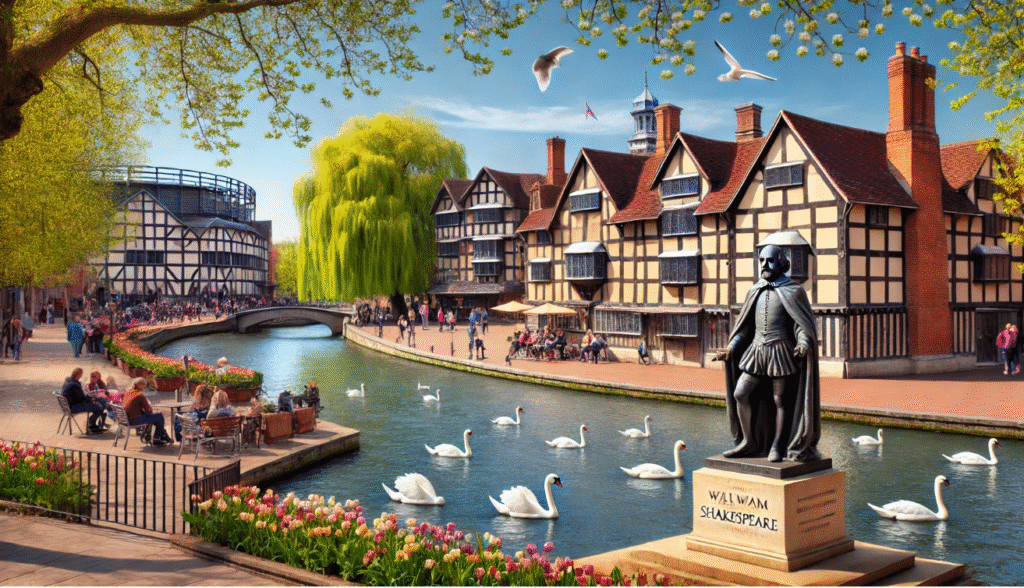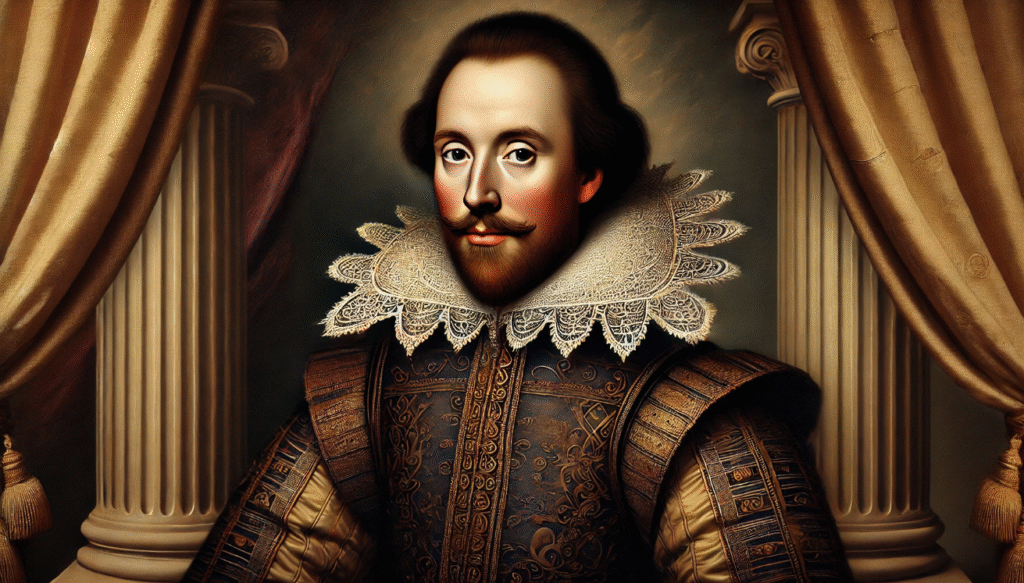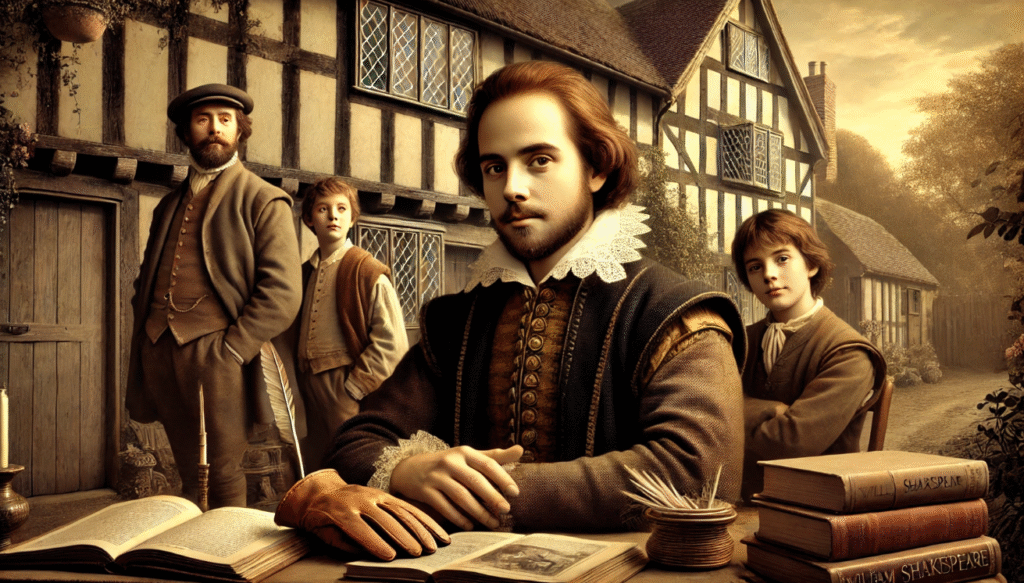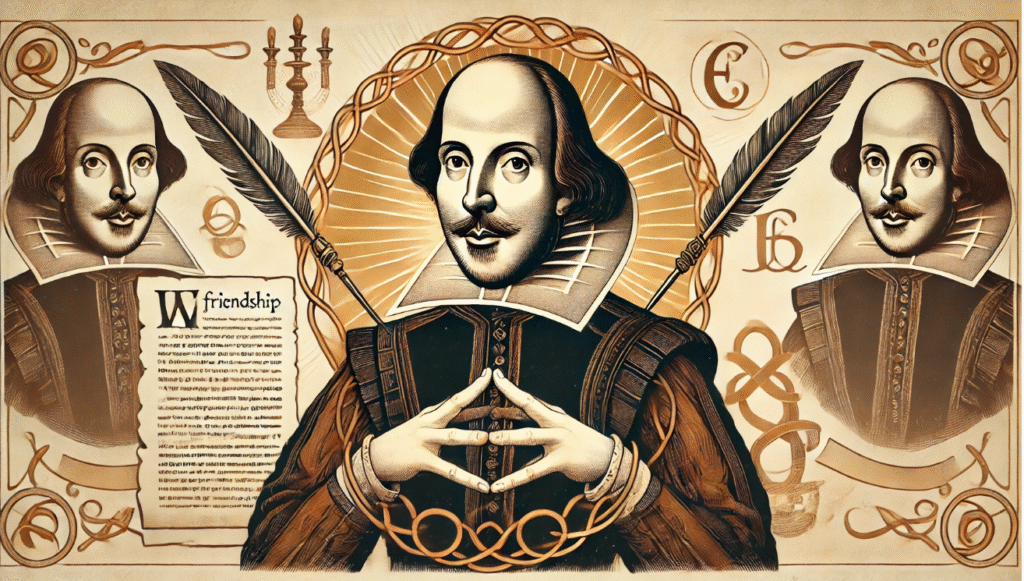Shakespeare’s impact on literature and theater is truly enduring. As a playwright, he had the remarkable ability to transform imagination into reality on the stage, creating works that continue to resonate with audiences today. His creative process bridged the gap between the imaginary and the tangible, shaping timeless plays that have left an indelible mark on the world of literature and theater. Shakespeare’s creative process influence can be seen in the countless adaptations, reinterpretations, and references to his works that continue to captivate audiences and inspire new generations of writers and performers.
Shakespeare’s impact on literature and theater is truly enduring. As a playwright, he had the remarkable ability to transform imagination into reality on the stage, creating works that continue to resonate with audiences today. His creative process bridged the gap between the imaginary and the tangible, shaping timeless plays that have left an indelible mark on the world of literature and theater. His influence can be seen in the countless adaptations, reinterpretations, and references to his works that continue to captivate audiences and inspire new generations of writers and performers.
Setting the Stage: The Historical and Cultural Context of Shakespeare’s Work
Elizabethan England and the Renaissance period were a time of significant cultural and societal change in England. The Renaissance brought about a renewed interest in art, literature, and humanism, leading to a flourishing of creativity and innovation. This period also saw the rise of Queen Elizabeth I and the expansion of England’s global influence through exploration and trade. Shakespeare’s writing was deeply influenced by the cultural and societal changes of this time. His works often reflected the humanist ideals of the Renaissance, exploring themes of individualism, human nature, and the complexities of the human experience. Additionally, the political and social tensions of Elizabethan England, including issues of power, gender, and class, were often portrayed in his plays.
Overall, Elizabethan England and the Renaissance period were a time of great cultural and societal change in England. The Renaissance brought about a renewed interest in art, literature, and humanism, leading to a flourishing of creativity and innovation. This period also saw the rise of Queen Elizabeth I and the expansion of England’s global influence through exploration and trade. Shakespeare’s writing was deeply influenced by the cultural and societal changes of this time, often reflecting the humanist ideals of the Renaissance and exploring themes of individualism, human nature, and the complexities of the human experience. Additionally, the political and social tensions of Elizabethan England, including issues of power, gender, and class, were often portrayed in his plays.

Sources of Shakespeare’s Imagination

The influence of historical events and figures, as well as the rich tapestry of Greek and Roman mythology, cannot be overstated. These ancient narratives and characters have shaped our understanding of the world and continue to inspire countless works of art, literature, and philosophy. From the heroic feats of Achilles and Hercules to the tragic tales of Medusa and Pandora, these stories have captivated and resonated with people for centuries. The historical events and figures of this era, such as Alexander the Great and Julius Caesar, have also left an indelible mark on the world, shaping the course of empires and civilizations. Their legacies continue to be studied and celebrated, providing valuable lessons and insights into the human experience.
Folklore, legends, and contemporary stories play a crucial role in preserving cultural traditions and passing down knowledge from one generation to the next. They often serve as a reflection of societal values, beliefs, and customs. Similarly, Shakespeare’s works have endured for centuries because of his keen observation of human nature and everyday life, making his stories and characters relatable across time and cultures. These narratives continue to shape our understanding of the world and provide insight into the human experience.
Crafting the Narrative: Shakespeare’s Writing Process

In love’s sweet grip, we find our hearts entwined, Yet power’s lure can cloud our noble minds. Ambition drives us to great heights of fame, But morality must guide our every aim. The layers of these themes, so intertwined, Create a tapestry of human kind. For love can lead to acts of great ambition, But power unchecked can lead to cruel attrition. So let us strive to balance all these themes, And navigate life’s ever shifting streams. For love and power, ambition and morality, Must harmonize in our earthly reality.
The integration of complex characters with universal appeal in plays is a key element in creating compelling and relatable storytelling. By weaving together diverse and multi-dimensional characters, playwrights can capture the complexities of the human experience and resonate with a wide audience. Additionally, the interplay of prose and poetry in plays adds a layer of depth and emotion to the dialogue, enhancing the overall impact of the storytelling. This combination of intricate characters and poetic language creates a rich and engaging theatrical experience for audiences.
Translating Imagination Into Reality on Stage

Shakespeare wrote with performance in mind by incorporating elements such as dialogue, stage directions, and dramatic structure to engage and captivate the audience. His use of poetic language, soliloquies, and asides allowed for the expression of character emotions and intentions, while his skillful construction of scenes and acts created a compelling and dynamic theatrical experience. Additionally, Shakespeare’s plays often included comedic and dramatic elements, as well as opportunities for music and dance, all of which contributed to the immersive and entertaining nature of his works when brought to life on the stage.
Techniques to create immersive stage experiences:
“Imagine a vast, open field with the sun setting in the distance. The warm hues of orange and pink paint the sky as the cool breeze rustles the tall grass. The air is filled with the sound of crickets chirping and birds singing their evening songs. You can almost feel the softness of the grass beneath your feet and the gentle touch of the breeze on your skin. It’s a scene of peace and tranquility, inviting you to take a moment to pause and appreciate the beauty of nature.
Collaboration with actors and the Globe Theatre had a significant influence on Shakespeare’s work. The Globe Theatre provided a unique space for Shakespeare to work closely with actors, allowing him to craft his plays in a way that highlighted their performance potential. This collaboration resulted in some of the most memorable scenes in his works, such as Macbeth’s hallucinations and the storm in The Tempest. These scenes brought abstract ideas to life through the actors’ performances, effectively conveying the emotional and psychological depth of the characters and their experiences. Overall, the collaborative environment of the Globe Theatre played a crucial role in shaping Shakespeare’s iconic works and bringing his abstract ideas to vivid life on stage.
Themes That Bridge the Gap Between Imagination and Reality

The universality of themes such as love, betrayal, ambition, and redemption in literature reflects the common experiences and emotions that people across different cultures and time periods can relate to. These themes tap into the fundamental aspects of human nature and provide insight into the complexities of human relationships and desires. Exploration of the human psyche through soliloquies, like Hamlet’s famous “To be or not to be,” delves into the inner thoughts and struggles of the characters, offering a deeper understanding of their motivations and fears. This introspective technique allows for a more intimate portrayal of the characters and their psychological complexities.
The Legacy of Shakespeare’s Creative Process

Stanislavski’s techniques have had a significant impact on modern storytelling and theater. His emphasis on naturalistic acting, emotional truth, and psychological realism has greatly influenced the way actors approach their roles and connect with audiences. The method acting approach, which grew out of Stanislavski’s work, has become a cornerstone of modern acting techniques and has been embraced by actors and directors worldwide. Additionally, Stanislavski’s emphasis on character development and the actor’s inner life has helped to shape the way stories are told on stage and screen, leading to more nuanced and authentic performances.
Shakespeare remains relevant today because his works have been adapted and reinterpreted in contemporary culture. For example, his plays have been turned into modern films, television shows, and even musicals, bringing his stories to new audiences. Additionally, his themes of love, power, and human nature continue to resonate with people today, allowing his work to remain timeless and relatable. Furthermore, Shakespeare’s language and wordplay have influenced modern literature and the way we communicate, ensuring his enduring impact on our culture.
In today’s discussion, we highlighted the remarkable talent of William Shakespeare in seamlessly blending imagination with stagecraft. We explored how his ability to create vivid and captivating worlds through his writing, while also understanding the practicalities of staging and performance, set him apart as a true genius of the theater. Shakespeare’s mastery in combining these two elements has left an indelible mark on the world of theater and continues to inspire audiences and creators alike.
Closing thought: Shakespeare’s creative process continues to inspire audiences and creators, bridging imagination and reality for generations.
Shakespeare’s creative process is a timeless source of inspiration for audiences and creators alike. His ability to bridge imagination and reality has resonated with generations, and his works continue to be celebrated and reimagined in various forms of art. The enduring power of his creativity serves as a reminder of the limitless possibilities of the human imagination.

